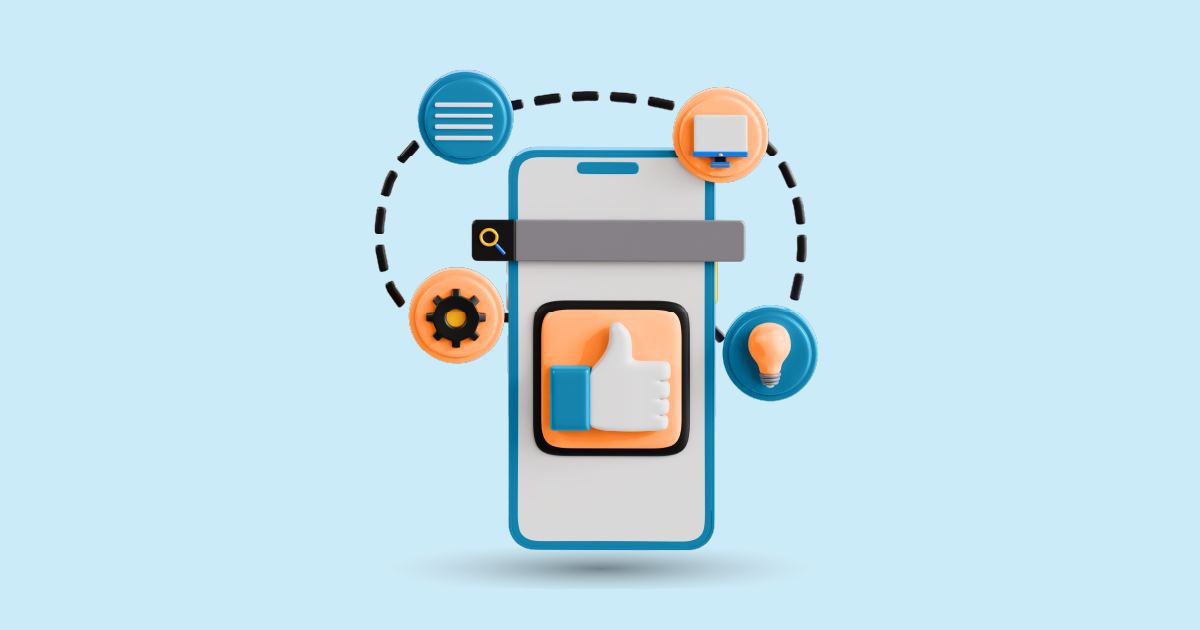In today’s digital landscape, staying connected with your audience requires more than just posting content. Modern consumers are continuously voicing their opinions, whether about products, brands, or even customer service experiences. Social listening software helps businesses understand these conversations, turning online chatter into valuable insights. But why is it so important, and how can it shape the future of your business?
Social Listening Software: A Guide to Understanding and Leveraging Online Conversations

What is Social Listening?
Social listening goes beyond merely monitoring social media mentions; it’s about gaining a deep understanding of how people feel about your brand. While social monitoring captures mentions and alerts, social listening analyzes emotions and trends behind those mentions to provide actionable insights.
How Social Listening Software Works
Social listening software operates by collecting data from various platforms, including Facebook, Twitter, Instagram, and beyond. The software pulls in real-time conversations, analyzing them for sentiment, key topics, and emerging trends. By examining this data, businesses can adjust their strategies, addressing both opportunities and threats in a timely manner.
Why Social Listening Software is Essential for Businesses
Why should you care about what’s being said online? Because these conversations directly impact your brand reputation and customer engagement. Social listening software provides an inside view into customer satisfaction, helping you resolve issues proactively and improve service levels. Ultimately, it gives brands a voice in conversations they might otherwise miss.
Types of Social Listening Software
Social listening tools come in various forms, from basic monitoring applications to advanced platforms that offer deep analytics and trend forecasting. Businesses should consider their needs and objectives when choosing the right tool to ensure it meets their goals.
Key Features
- Real-Time Analytics: Immediate access to insights allows brands to respond swiftly to trends.
- Sentiment Analysis: Detecting the tone of conversations helps gauge brand sentiment.
- Keyword Tracking: Following relevant keywords lets businesses stay on top of industry trends.
Top Social Listening Tools in the Market
Several leading platforms offer robust social listening solutions, each with unique features:
- AIM Insights: Known for its deep analytics and customizable dashboards.
- Sprout Social: A user-friendly tool with excellent customer service features.
- Hootsuite: Great for managing multiple social media accounts and tracking mentions.
How to Choose the Right Social Listening Software for Your Business
Selecting a social listening tool requires understanding your objectives. Small businesses may need a simpler solution, while larger organizations might prioritize advanced analytics and integrations with other business tools.
Implementing Social Listening in Your Marketing Strategy
To leverage social listening effectively, incorporate insights from these tools into your campaigns. For instance, understanding what resonates with customers can help you create targeted ads or content that speaks directly to their interests.
How Social Listening Helps in Brand Management
Social listening is invaluable for managing brand reputation. By tracking mentions and analyzing sentiment, companies can gauge public perception and quickly respond to any potential issues, ensuring that their brand image remains positive.
Social Listening for Competitive Analysis
Competitor analysis is a powerful feature of social listening tools. By monitoring your competitors, you can spot industry trends, understand their strengths, and find areas where your brand can shine.
Using Social Listening for Content Creation
Understanding what’s trending within your audience allows you to tailor content that aligns with their interests. Social listening data can reveal the topics, keywords, and sentiments that matter most, guiding your content strategy toward relevance and engagement.
Challenges
While social listening provides powerful insights, it also has its challenges. The sheer volume of data can be overwhelming, and filtering out irrelevant information is essential. Additionally, brands must respect user privacy and ensure that the data they use is accurate.
Future Trends
Social listening is rapidly evolving, with AI and machine learning playing increasingly important roles. These technologies enhance the software’s ability to predict trends and deliver even more targeted insights, shaping the future of brand-consumer interactions.
Conclusion
Social listening software is an essential tool for any brand looking to understand and engage with its audience on a deeper level. By turning conversations into actionable insights, businesses can refine their strategies, address customer needs, and build lasting relationships. As technology advances, social listening will only become more vital to brands aiming to stay relevant in a digital-first world.
Want to see how social listening can transform your business? Request a demo from AIM Technologies today and discover how the right insights can make all the difference in understanding your audience.
FAQs
1. What is the difference between social monitoring and social listening?
- Social monitoring focuses on tracking mentions and engagement metrics, while social listening analyzes these mentions for sentiment and broader trends.
2. Can social listening software predict future trends?
- Yes, many advanced tools use AI to detect patterns, helping brands anticipate shifts in customer sentiment and behavior.
3. Is social listening only for large businesses?
- No, businesses of all sizes can benefit from social listening to understand their audience better and improve customer engagement.
4. How accurate is sentiment analysis in social listening tools?
- While sentiment analysis is generally accurate, it may struggle with sarcasm or nuanced expressions. Many tools are continually improving in this area.
5. What’s the best way to get started with social listening?
- Start by identifying key objectives, such as customer feedback or competitor analysis, and choose a tool that aligns with those goals.




